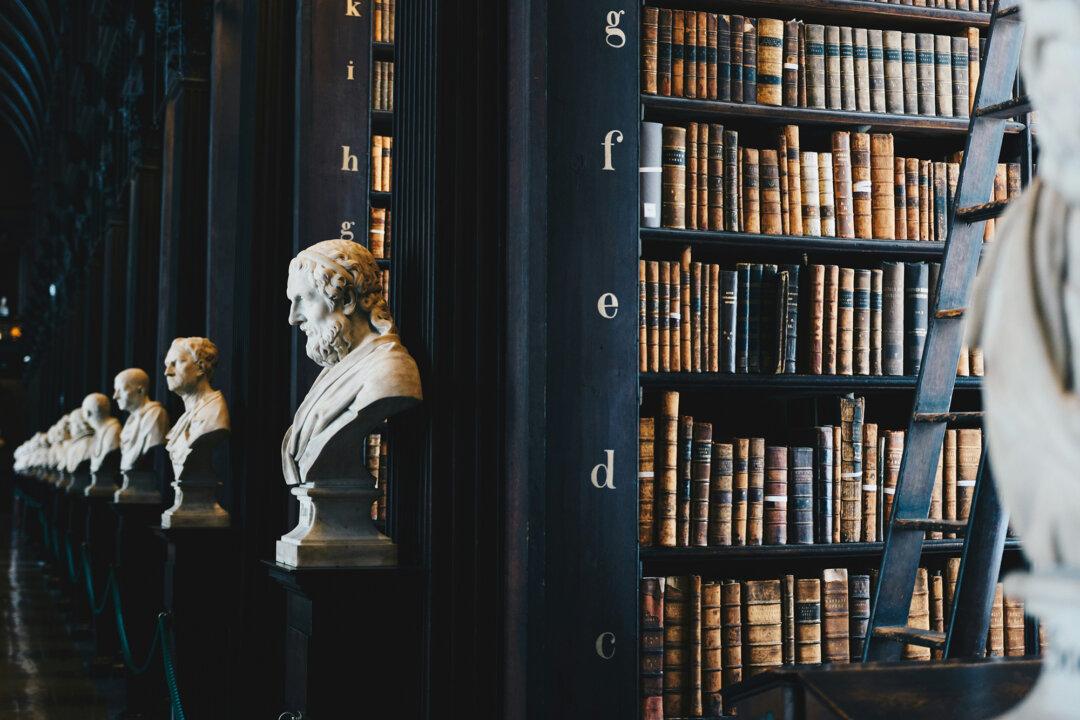Renowned American poets are generally known by only a few of their poems. Many of us, for instance, are familiar with Robert Frost’s “The Road Less Travelled” and “Stopping by Woods on a Snowy Evening.” Some may admire “Mending Wall” or “The Death of the Hired Man,” but only devotees know and love “A Time to Talk” or “Stars.” Edna St. Vincent Millay’s “Dirge Without Music,” “First Fig,” and “Love Is Not All” appear frequently in anthologies, but again few people are acquainted with her World War II poem, “The Murder of Lidice,” about Nazi atrocities in a Czech village.
The same holds true for the verse of Henry Wadsworth Longfellow (1807–1882). Most Americans likely recognize the lines “Listen, my children, and you shall hear / Of the midnight ride of Paul Revere.” Others will have heard of “The Children’s Hour,” which Longfellow wrote about his three daughters, or “The Village Blacksmith” with its familiar opening, “Under a spreading chestnut-tree / The village smithy stands.”






